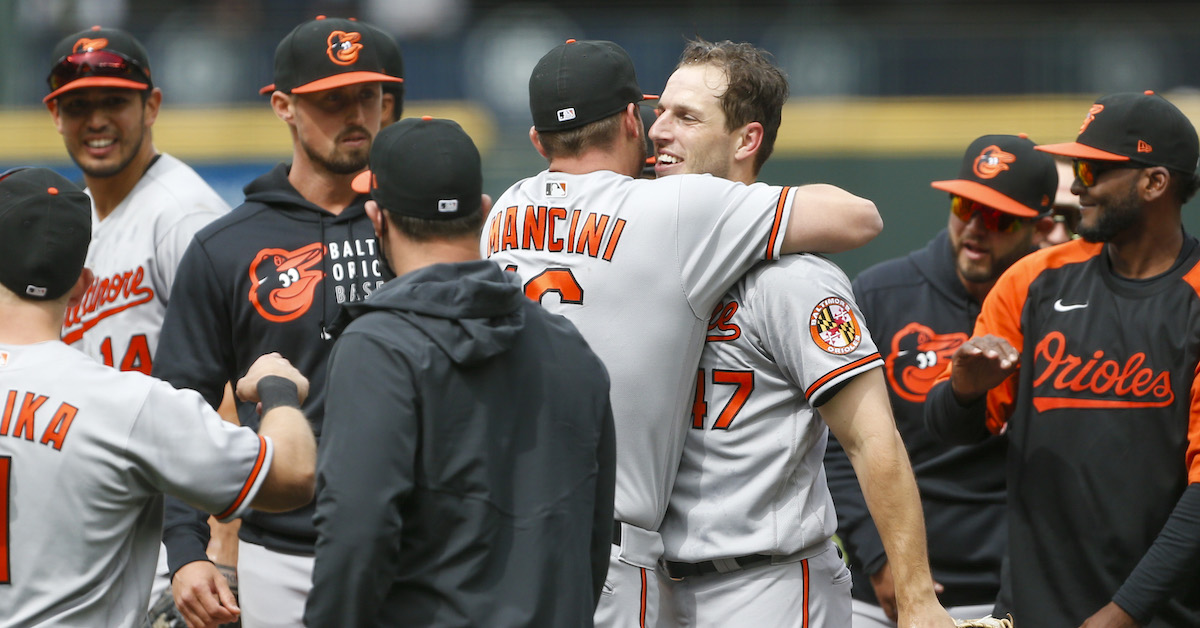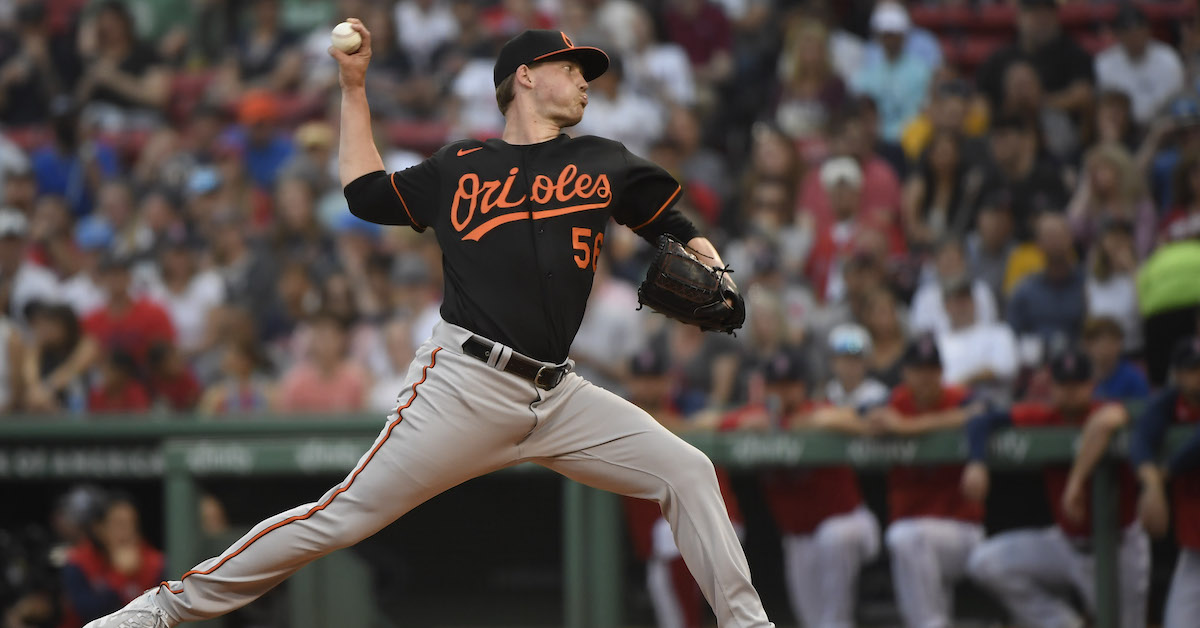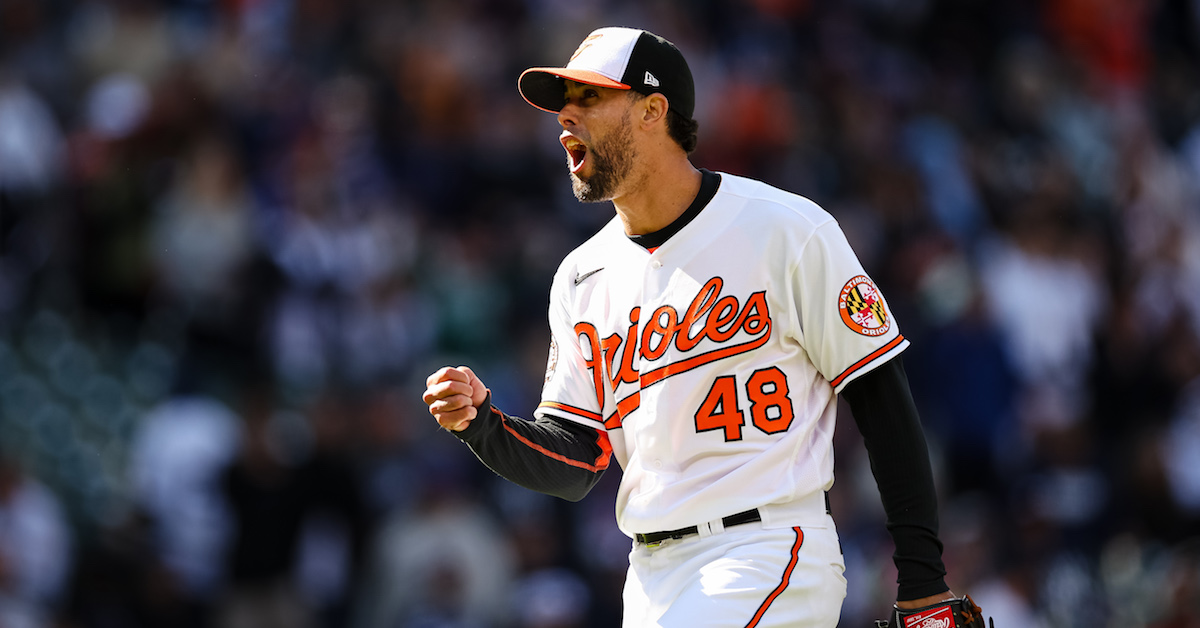Sunday Notes: Jordan Lyles Knows What it’s Like to Lose
Jordan Lyles plays for a Baltimore Orioles team that stands 34-39 and is currently projected to finish 72-90. For the 31-year-old right-hander, that qualifies as more of the same. Lyles is in his 12th big-league season, and not once has he played a full year with a team that finished above .500. Moreover, he’s been on four clubs that lost 100-plus games. The worst of the worst was the 2013 Houston Astros, who went 51-111, a staggering 45 games out of first place.
The three seasons in which he’s played for multiple teams haven’t been much better. In each of those years, one of the two clubs he took the mound for ended up losing over 90 games. To date, Lyles has never pitched in the postseason.
That he never anticipated such a dearth of winning would be stating the obvious. Selected 38th-overall in 2008 out of a South Carolina high school, Lyles entered pro ball with the same lofty hopes and dreams as his draft-class peers. When you’re young and talented, visions of championship glory come with the territory.
He did reach the big leagues in relatively short order. Seventeen when he signed, Lyles was a precocious 20 years old when he debuted with the Astros in 2011. His first outing was a harbinger of things to come. The fresh-faced youngster allowed just a pair of runs over seven innings, only to see the bullpen blow the lead, depriving him of a win. At season’s end, Lyles was 2-7, the team 56-106. Read the rest of this entry »






